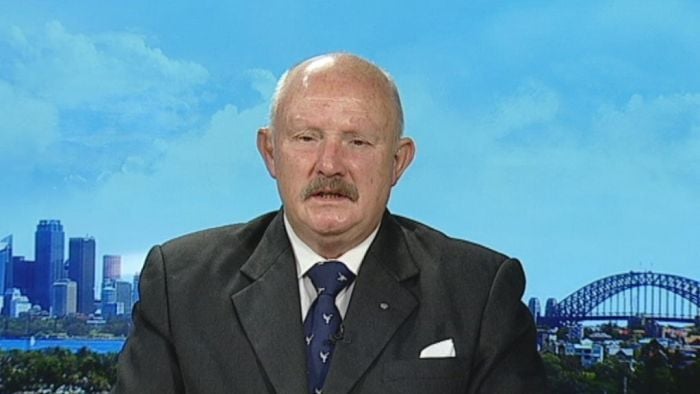
Aviation experts have questioned why the missing AirAsia flight QZ8501 was flying through such a severe storm.
Peter Marosszeky told ABC a relatively light aircraft such as a A320 would struggle in violent tropical storms.
“I suspect very strongly that the aircraft maybe should not have been in that area at that time. But that’s another thing for the investigators to talk about,” Mr Marosszeky said.
International Aviation Security Management Association Asia Pacific vice-president Desmond Ross said severe weather may not have been the only factor involved in the plane going missing.
An Air Asia plane.“I don’t think we should assume immediately it’s been caused by severe weather,” Mr Ross said.
“The reality is that the pilot should not have been in such severe weather. How they could have gotten into it is going to have to be investigated.
“We are speculating, no question of that, but the aircraft is equipped with weather radar and that weather radar looks way ahead of the aircraft – 150 nautical miles would be a normal scan pattern – and he can see where the storm cells are.”
 Aviation expert Peter Marosszeky. Image via ABC.
Aviation expert Peter Marosszeky. Image via ABC.
Top Comments
Why do we give speculators oxygen "maybe shouldn't have" I'm no aviation expert and could have said that with no evidence. Really hate how media get experts to speculate just causes more stress and grief for everyone...it's quite irresponsible.
Have you SEEN the weather picture? Thunderstorms in all directions - could not have been avoided. Plus, those Air Asia planes are NOT fitted with up-to-date radar. A Qantas plane would have had a 200km advantage over this plane in terms of time to consider whether to turn tail. RIP poor passengers. I hope they all had someone to cling to.